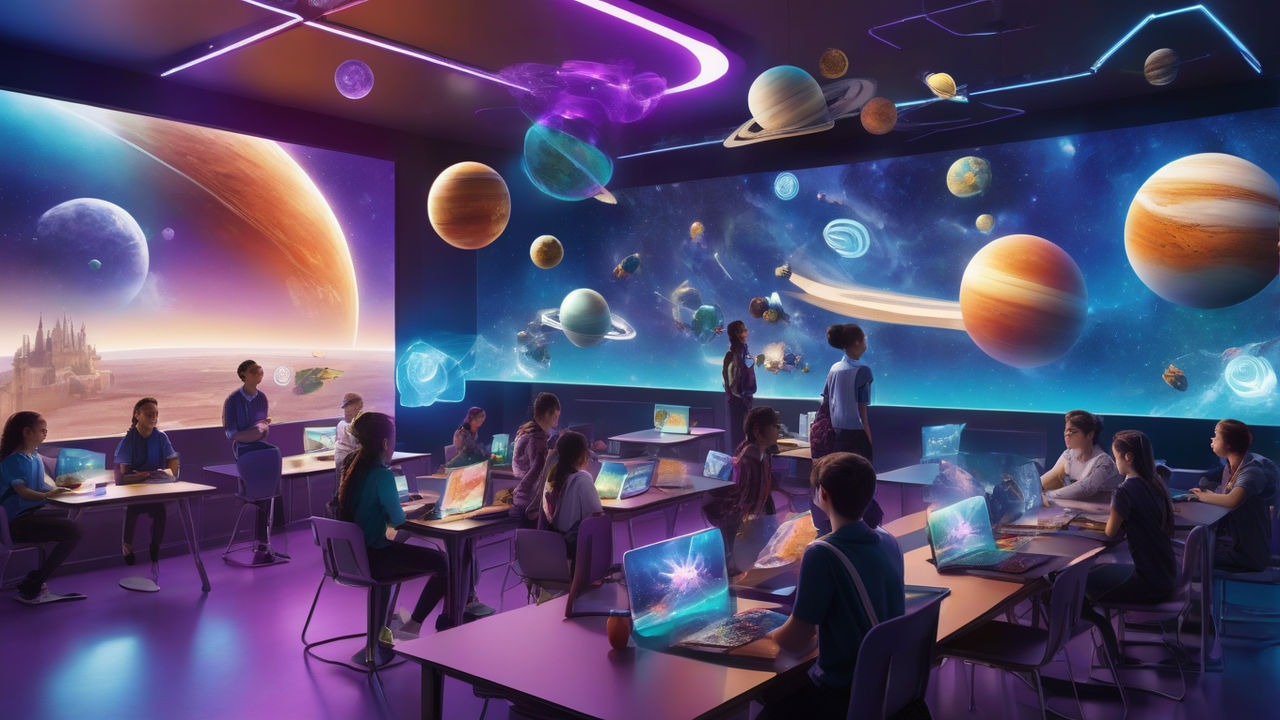Unlock AR in Education: How to Create Immersive Learning Experiences Today!
Introduction to AR in Education
Augmented Reality (AR) is transforming the way we learn by enhancing traditional education with immersive, interactive content. AR integrates digital elements like images, videos, and sounds into real-world environments, creating a more engaging learning experience. This technology is widely used in subjects like science, history, and engineering, allowing students to visualize complex concepts and participate in simulations.
For web developers, AR represents a new frontier in educational app development. Integrating AR capabilities into websites and apps opens opportunities to engage users through immersive learning experiences. It’s important to build platforms that support AR functionality seamlessly, ensuring a smooth experience across devices. By staying ahead of this trend, developers can create innovative solutions that redefine how education is delivered.
The Benefits of Augmented Reality in Education
One of the main benefits of AR in education is that it makes learning interactive and engaging. Students can interact with 3D models of molecules, historical sites, or complex machines, enhancing their understanding through visual and hands-on learning. AR reduces the gap between theoretical and practical knowledge by providing real-time feedback, simulations, and gamified experiences.
For developers, AR offers the chance to create applications that are not only functional but also fun to use. Crafting AR-based educational tools allows you to revolutionize the learning process by making it dynamic and adaptable to different learning styles. Whether it’s through mobile apps, web-based platforms, or desktop applications, developers can tap into AR to design engaging and effective learning modules for students of all ages.
Challenges and Solutions in AR Development
Despite its benefits, developing AR applications for education comes with challenges. Some key concerns include device compatibility, bandwidth limitations, and high resource demands. For instance, AR applications often require powerful graphics processing units (GPUs) and fast internet connections, which might not be accessible in all regions. Developers need to focus on optimizing performance to ensure these applications run smoothly across a wide range of devices.
One effective solution is to implement cloud-native development, which offers the flexibility and scalability needed to handle the heavy resource demands of AR apps. Additionally, using frameworks like ARKit for iOS and ARCore for Android can help you overcome platform-specific limitations and enhance the user experience. By adopting these strategies, developers can ensure their AR applications are accessible and reliable across different devices and environments.
Real-World Examples of AR in Education
Several educational institutions and tech companies have already embraced AR to enhance learning experiences. For example, Google’s Expeditions app allows students to take virtual field trips to historical landmarks or outer space. Similarly, applications like Anatomy 4D provide interactive models of the human body, enabling students to explore anatomy in a way that traditional textbooks cannot offer.
These examples highlight the transformative potential of AR in the classroom. By learning from these existing applications, developers can better understand how to integrate AR into their own projects. You can also explore machine learning integration into AR platforms to create more personalized and adaptive educational experiences. By staying informed about the latest trends and technologies in AR, developers can continue to innovate and expand the possibilities of immersive learning.
Best Practices for Developing AR Applications for Education
When developing AR applications for education, it’s important to focus on user experience and accessibility. Keep the interface simple and intuitive, allowing students and educators to navigate the content easily. Prioritize loading speed and responsiveness, especially for mobile apps, as students may not always have access to high-speed internet.
Additionally, implementing strong cybersecurity measures is crucial to protect sensitive educational data. Ensure that your application complies with privacy regulations, especially when it involves collecting information from students. By following best practices in both design and development, you can create secure, scalable, and effective AR applications that enhance learning.
Discover more from Just-CO
Subscribe to get the latest posts sent to your email.




